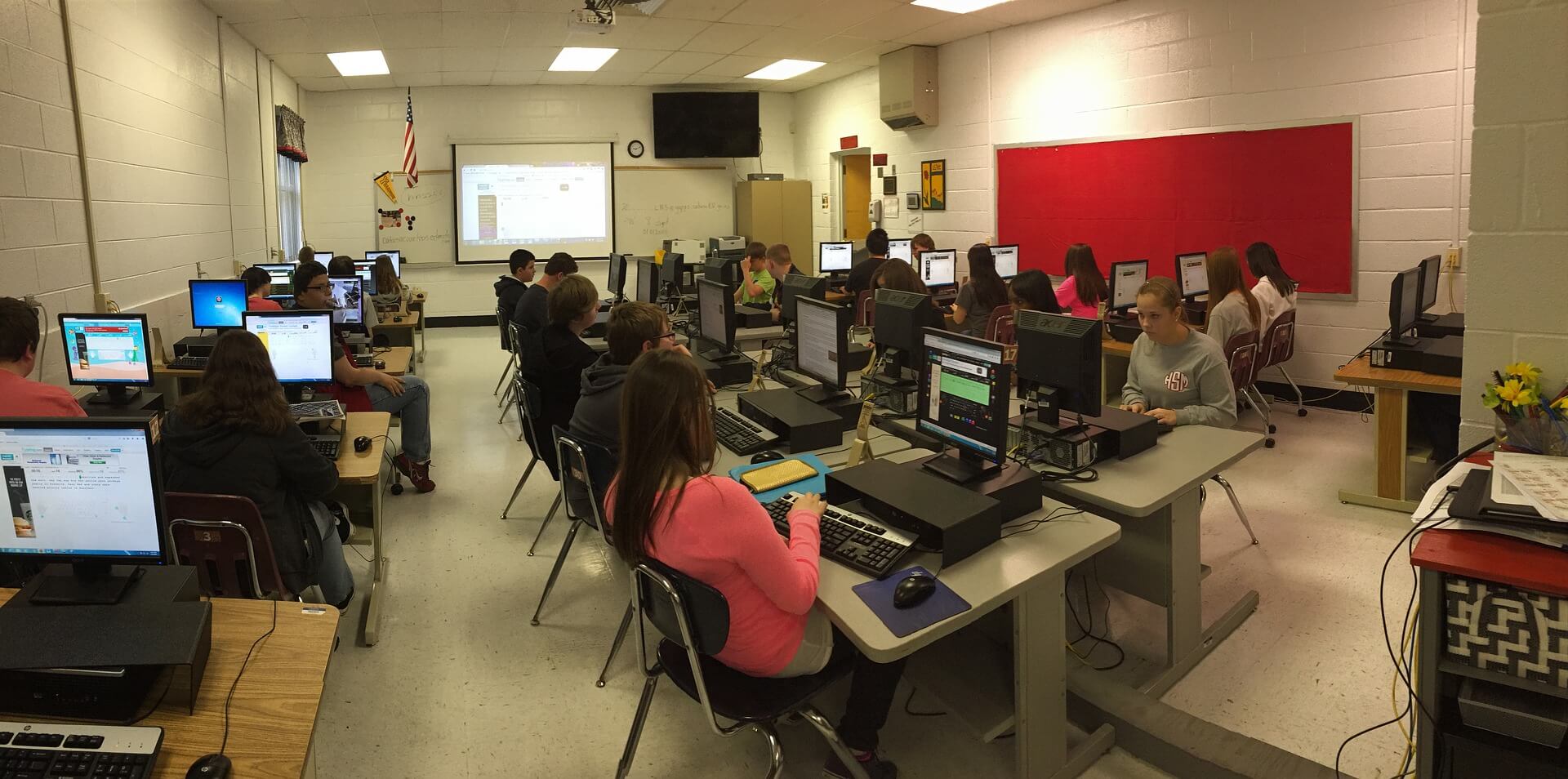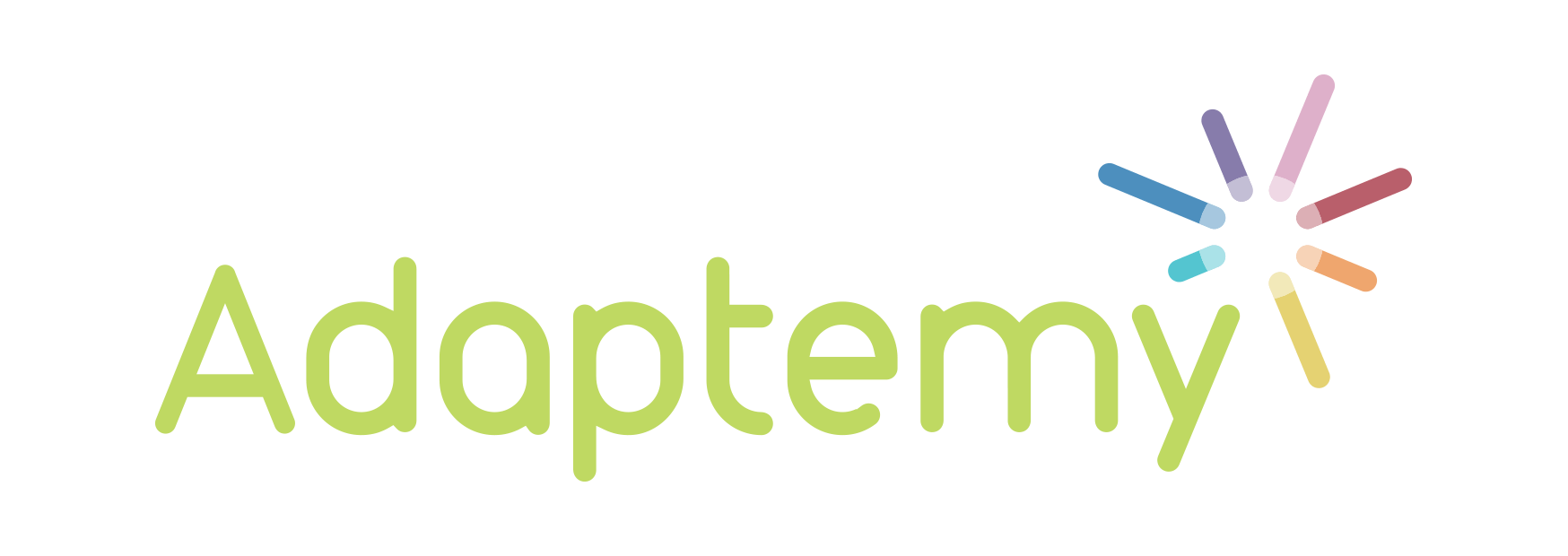
Part of the EdTech buzz, adaptive learning is an approach that has been historically misunderstood.
Hastened flurries of VC investment into the EdTech group of emerging technologies saw the marketplace flooded with nominally adaptive solutions. Many failed to deliver on their promises of classroom revolution, unable to adapt in any meaningful way. This scarred the not-so-deep pockets of publishers and scared teachers away from exploring technology in the classroom.
But amid the angst and worry that misplaced EdTech has caused lie gem-like solutions that have real, demonstrable impact on the lives of students and teachers alike.
Truly adaptive
Expert solution provider Adaptemy works closely with educational publishers to build adaptive learning products. Their solutions are tailored to fit cultural, contextual and curriculum differences making them adaptive to the individual and the marketplace, country and socio-economic situation in which they are deployed.
Intentional in their delivery, Adaptemy uses technology only to exponentially improve the learning experience; it’s never introduced for the sake of it. They also recognise adaptive learning is one of many tools that might be harnessed to improve learning.
The team, dedicated to educational research and deeply entrenched in collaborative projects with tech and learning institutions, incrementally improve their technology. Learning is as much a part of the business as it is the intention of the solution.
Acutely self-aware, this business is mindful of its impact in the classroom. The ‘proof’ can be whittled down to four bottom-line facts that encompass two foundational measures of EdTech efficacy: implementation and impact. These are pass rate, engagement, grade improvement and enjoyment. Yet the magic lies in the personal stories of the students whose lives have been transformed by these solutions.
Facts first
Pass rates
In 2016, the pass rate for tests conducted through Adaptemy was 67%. The range for e-learning courses is 60-70%, putting the solution a little low of the middle. Research and refinement over the subsequent 12 months has seen this rise to 82%.
And no, the content has not become easier. Rather, the content has been presented in such a way that it is better understood by students, increasing their ability to grasp concepts and embed learning.
Engagement
It is well-known that learning happens when you’re working. The goal then, of an EdTech solution, is to have more students engaged (or in ‘flow’) more of the time. Anecdotally – and it must be so because without technology there’s little hard data to confirm this – students are mostly out-of-flow, dabbling with content that is too easy or too hard. Experts estimate ‘flow’ accounts for around 20-30% of learning time.
Adaptemy’s ability to present the next, best, most relevant content to an individual, sees engagement (or flow) soar to 88%. A substantial leap.
Grade improvements
For every five-minute lesson completed, Adaptemy sees an 8% improvement in grade. In practice, that means C-level students could increase their grade by 24% in 2-3 revisions of one concept. Week-on-week, that has a significant bearing on grade.
Enjoyment
Ensuring Adaptemy products empower teachers is central to its premise. This technology puts the student centre-stage. Even the most flexible and experienced teachers can be disconcerted by this shift in focus. Yet Net Promoter Scores consistently rates Adaptemy at +44, the 70th percentile and nearing ‘excellent’.
Bringing the numbers to life
Adaptemy’s technology has played a crucial role in changing the future educational careers of many young adults. Two stand-out cases deal with subtleties that would otherwise have been overlooked.
The first is the story of a student who, in the classroom, exams and homework assessments, performed brilliantly. There was no hesitation in declaring this child as competent and ‘keeping-up’.
Adaptemy however, revealed a different story. Capturing the time to complete an assignment, the technology revealed this student was spending hours accomplishing what should have taken minutes.
The product’s real-time data highlighted this anomaly and empowered the teacher to pay closer attention. It was found the student had been compensating for difficulties in learning throughout their school career and would have continued to do so unaided had the technology not been in place.
The second student had been labelled ‘unfocussed’. They had earned a reputation for being scattered, taking an unconventional approach to learning. Perceived as disorganised and a weak student, Adaptemy revealed something else.
While their approach to learning may have been different to their fellow students, academically they were on a par, with results averaging the same grades as everyone else. Human perception would have coined this student a failure, even by an experienced teacher’s vote. And yet the technology exposed the academic truth.
And it’s here, beyond the figures and the grades, that we see the true value of adaptive learning. In such an intrinsically human estate as education, it is the stories a student tells of their education that can arguably have the biggest impact on the rest of their lives.
If the story of study moves from ‘it was difficult’, ‘isolating’ and ‘I was misunderstood’ to ‘inclusive’, ‘counted’ and ‘accommodated’, the technology has done its job.
Get in touch for more information on Adaptemy and our approach to adaptive learning.




